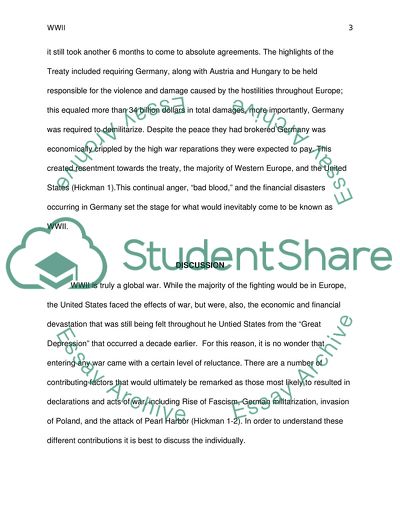Cite this document
(Word War II: The Causes, Events, and Legacy of the Second World War Research Paper, n.d.)
Word War II: The Causes, Events, and Legacy of the Second World War Research Paper. Retrieved from https://studentshare.org/history/1827262-world-war-2
Word War II: The Causes, Events, and Legacy of the Second World War Research Paper. Retrieved from https://studentshare.org/history/1827262-world-war-2
(Word War II: The Causes, Events, and Legacy of the Second World War Research Paper)
Word War II: The Causes, Events, and Legacy of the Second World War Research Paper. https://studentshare.org/history/1827262-world-war-2.
Word War II: The Causes, Events, and Legacy of the Second World War Research Paper. https://studentshare.org/history/1827262-world-war-2.
“Word War II: The Causes, Events, and Legacy of the Second World War Research Paper”, n.d. https://studentshare.org/history/1827262-world-war-2.


